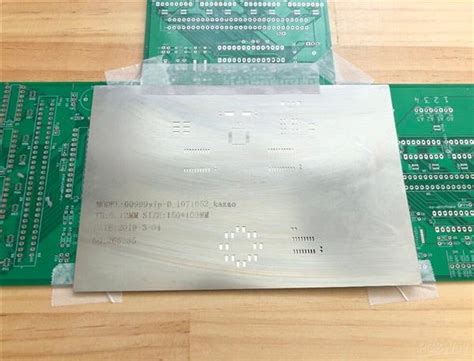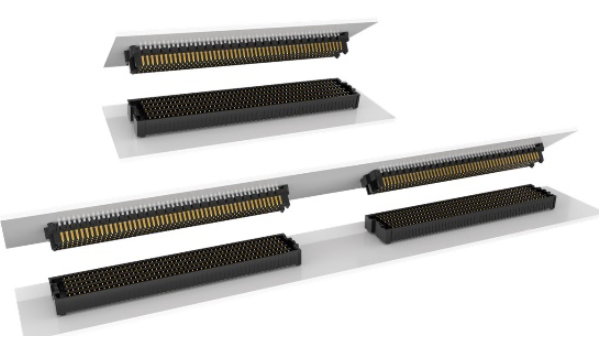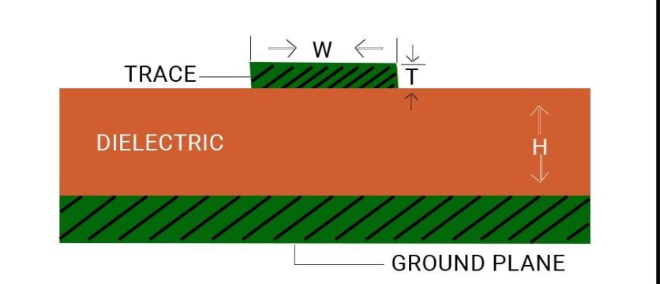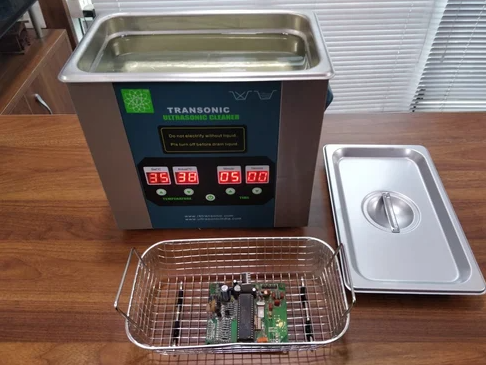Mastering Prototype Assembly for Efficient Product Development

Key Takeaways
Mastering prototype assembly is essential for any product development process. By understanding the fundamentals, such as integrating various components during pcb assembly, teams can significantly enhance their efficiency. Focusing on pcba practices allows for a streamlined workflow, reducing time and resources spent on iterations. It is important to acknowledge that materials play a crucial role; choosing the right type can affect both the quality and durability of the prototypes.
“Investment in proper materials and techniques in prototype assembly can lead to exceptional outcomes in final product performance.”
Moreover, being aware of common challenges—like misalignment during assembly or inadequate tests—helps teams navigate potential setbacks effectively. Incorporating best practices such as regular prototype reviews and utilizing innovative tools can mitigate these issues and promote smoother transitions from concept to prototype. As technology evolves, so do the possibilities in prototype assembly; staying informed about emerging trends will ensure that development teams are well-equipped to handle future demands efficiently.
In essence, establishing a thorough understanding of these key takeaways will empower teams to transform ideas into tangible prototypes successfully while maintaining high standards in both quality and efficiency throughout the product development cycle.

Understanding the Basics of Prototype Assembly
Prototype assembly is a crucial phase in the product development lifecycle, encapsulating the bridge between conceptual ideas and the final product. At its core, prototype assembly involves integrating various components to create a functional model that reflects the design intentions. This phase is not just about putting parts together; it involves meticulous planning, skilled execution, and an understanding of pcba (printed circuit board assembly) practices.
To begin with, understanding the components that go into assembly is key. This includes everything from hardware materials to software requirements, especially when incorporating pcb assembly processes. Highlighting the materials used can make a significant difference in achieving a successful prototype. For instance, choosing high-quality components for pcba can lead to a more reliable prototype that is less prone to failure during testing.
| Component Type | Description | Importance |
|---|---|---|
| Solder Components | Connects and electrically joins parts | Ensures electrical integrity |
| Enclosures | Protects components | Enhances durability and usability |
| Prototyping Tools | Equipment for assembly | Improves efficiency |
Moreover, the initial stages of prototype assembly require a combination of creativity and technical knowledge. Establishing clear objectives for what the prototype must achieve will guide decisions on design adjustments and material selection. By embracing best practices like iterative testing and user feedback loops, teams can fine-tune their prototypes more effectively.
In sum, understanding these foundational concepts forms the bedrock upon which efficient prototype assemblies can be built. By fostering an environment where collaboration meets innovation in prototype development, companies can significantly shorten their time to market while enhancing product quality.

Key Techniques for Efficient Prototype Assembly
When it comes to prototype assembly, employing effective techniques can significantly enhance the efficiency of the product development process. One of the fundamental approaches is to leverage pcb assembly techniques, which provide streamlined integration of various components. Utilizing modular design allows for easier modifications and iterations, ensuring that each version of the prototype can be developed quickly and cost-effectively. Additionally, adopting best practices such as parallel assembly processes can drastically reduce lead times; this involves different teams working simultaneously on various aspects of the pcba.
Effective communication between designers and assemblers is also crucial; establishing clear protocols can mitigate misunderstandings that often lead to delays or errors in production. Another technique worth noting is the use of rapid prototyping technologies, such as 3D printing, which enable designers to create physical models swiftly, facilitating quick iterations and feedback loops. Furthermore, an organized workspace enhances productivity by minimizing clutter and ensuring that all tools and materials are readily accessible.
Incorporating these techniques into your prototype assembly process not only streamlines operations but also ensures a higher quality output in your product development journey. As technology continues to evolve, adopting innovative methods for pcb assembly will be key to maintaining a competitive edge in bringing ideas to market effectively.

The Role of Materials in Prototype Development
In the realm of prototype development, the choice of materials plays a crucial role that cannot be overstated. Selecting the appropriate materials not only influences the durability and functionality of a prototype but also affects the overall cost and time required for production. Commonly used materials such as plastics, metals, and composites each have distinct properties that make them suitable for various applications. For instance, when developing a prototype for an electronic device, utilizing PCB assembly processes is indispensable. The integration of PCBA (Printed Circuit Board Assembly) parts must be handled with precision to ensure that electronic components function as intended. Furthermore, utilizing advanced material technologies, such as 3D printing or lightweight composites, can greatly enhance not only the mechanical performance but also the visual appeal of a prototype. Each selection must take into account factors like weight, tensile strength, thermal resistance, and compatibility with electronic components to avoid any design flaws during assembly. Crafting an effective prototype means balancing these attributes while maintaining cost efficiency and ensuring a smooth transition from concept to reality. Thus, understanding how various materials interact within the assembly process is vital to achieving successful outcomes in product development.

Common Challenges in Prototype Assembly and How to Overcome Them
Prototype assembly can often be a complex process laden with various challenges that can hinder the efficiency of product development. One of the most prevalent issues faced during pcb assembly is the alignment and integration of components on the printed circuit board, or PCBA. Misalignment can lead to costly errors, necessitating precise techniques for successful assembly. To overcome this, utilizing advanced alignment tools and technologies is essential, as they ensure that components are positioned accurately, reducing the chances of defects.
In addition to alignment issues, managing the availability and compatibility of materials poses another significant challenge in prototype assembly. Designers may often encounter difficulties when sourcing suitable materials that meet design specifications, especially when dealing with innovative designs that involve unique or rare components. Adopting a streamlined material management system can greatly enhance efficiency and help mitigate these challenges by ensuring consistent access to necessary resources.
Moreover, communication between design and production teams is crucial for overcoming misunderstandings that could derail the prototyping process. Utilizing collaborative project management software can aid in keeping all stakeholders informed about design changes and progress updates, thus fostering a cohesive work environment.
Lastly, embracing feedback loops throughout the assembly stage allows teams to identify and address potential issues early on, reducing rework times significantly. By recognizing these challenges—such as component misalignment during pcb assembly, material sourcing difficulties, communication gaps, and lack of iterative feedback—product development teams can implement effective strategies to enhance overall efficiency in prototype assembly and ultimately deliver better products faster.
Best Practices for Streamlining the Prototype Process
In the world of prototype assembly, efficiency is crucial for transforming concepts into functional products. To enhance the pcb assembly process, it’s essential to start with thorough planning and clear objectives. This involves delineating the project scope, selecting appropriate materials, and employing effective techniques such as modular assembly and iterative testing. By breaking down complex designs into manageable components, engineers can utilize a pcba approach—where individual assemblies are tested before final assembly—ensuring that errors are caught early in the development cycle. Additionally, maintaining detailed documentation throughout the prototype process can significantly streamline workflows and facilitate communication among team members. Embracing agile methodologies further allows teams to adapt to changes swiftly while providing continuous feedback on prototypes. Lastly, leveraging advanced technologies like 3D printing and computer-aided design (CAD) tools can drastically reduce lead times in prototype assembly, setting a strong foundation for successful product development.
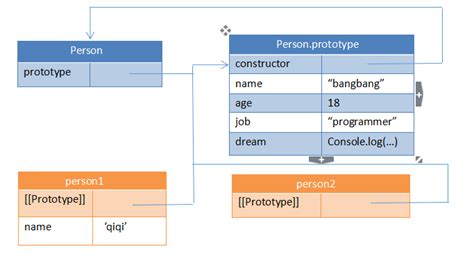
Innovative Tools and Technologies for Prototype Assembly
In today’s fast-paced environment, prototype assembly has become increasingly reliant on sophisticated tools and technologies that enhance efficiency and accuracy. One of the key innovations in this space is pcb assembly technology, which plays a critical role in the development of prototypes with electronic components. By using advanced methods like surface mount technology, designers can significantly reduce the footprint of electronic designs, thus allowing for smaller, more compact prototypes. Furthermore, the integration of automated systems has streamlined processes traditionally reliant on manual labor. For instance, companies are adopting PCBA (Printed Circuit Board Assembly) equipment that can assemble components quickly and with great precision, reducing human error and saving valuable time in product development cycles. Virtual prototyping tools also emerge as a pivotal technology, enabling engineers to visualize and test designs digitally before committing to physical assembly. These innovations not only accelerate the prototype lifecycle but also foster creativity, allowing teams to explore multiple iterations rapidly. Embracing these cutting-edge technologies is essential for anyone aiming to master prototype assembly, thereby transforming abstract concepts into viable products effectively and efficiently.
Case Studies: Successful Prototype Assemblies in Product Development
Examining successful prototype assembly case studies can offer invaluable insights into effective practices that help streamline product development. One notable example is a technology firm that focused on PCB assembly for a new electronic device. By employing innovative strategies and state-of-the-art tools, they managed to reduce the assembly time by nearly 30%. This was achieved through meticulous planning and the utilization of advanced pcba techniques, which enabled them to progressively iterate their prototypes without compromising on quality. Another case study involved a start-up that aimed to launch a wearable health monitoring device. They implemented an agile methodology in their prototype development, allowing them to adapt based on user feedback quickly. By leveraging materials that optimized both durability and weight, they refined their pcb assembly process, leading to a product that not only met consumer expectations but exceeded them in terms of performance and reliability. These examples underscore the importance of integrating sound methodologies and innovative technology in achieving successful outcomes in prototype assembly, setting the stage for more efficient product development in various industries.
Future Trends in Prototype Assembly and Product Development
As industries evolve, the landscape of prototype assembly is witnessing notable changes driven by technological advancements and shifting market demands. One prominent trend is the increasing integration of automated solutions in pcb assembly processes. Automation is streamlining production capabilities, reducing human error, and enhancing precision in designs. Moreover, the evolution of pcba (printed circuit board assembly) is paving the way for more complex and innovative designs that demand faster turnaround times without compromising quality. Companies are also focusing on sustainability by utilizing eco-friendly materials in their prototyping phases, significantly impacting how prototypes are developed. Alongside this, the rise of digital twin technology allows for versatile simulations of products before the actual prototyping begins, enabling designers to test their concepts virtually. Lastly, collaborative platforms that facilitate communication between teams — whether remote or on-site — are becoming indispensable as they allow for more dynamic interactions during the prototype assembly phase. Together, these trends indicate a future where efficiency and creativity in product development are not only encouraged but also essential for remaining competitive in a rapidly changing marketplace.
Conclusion
In conclusion, mastering prototype assembly is an essential component for efficient product development. By understanding the fundamentals of pcb assembly and utilizing effective strategies, designers can transform their visions into successful implementations. The importance of selecting appropriate materials cannot be overstated, as they directly influence the reliability and performance of the pcba. Moreover, overcoming common challenges is crucial to ensuring a smoother assembly process. By adopting best practices and leveraging innovative tools and technologies, teams can significantly enhance their productivity. As we look towards the future, staying informed about emerging trends in prototype assembly will be vital in maintaining a competitive edge in the market. Ultimately, success in product development hinges on a well-structured approach to each stage of prototype assembly, allowing for iterative improvements and more impactful end results.
FAQs
Q: What is prototype assembly?
A: Prototype assembly refers to the process of creating a preliminary version of a product to test and refine its design before final production. This phase is crucial for identifying issues and ensuring the product meets specifications.
Q: How does pcb assembly relate to prototype development?
A: PCB assembly, or PCBA, is a specific aspect of prototype assembly focused on integrating printed circuit boards (PCBs) with electronic components. Ensuring high-quality pcb assembly is essential for functionality and performance during prototype testing.
Q: What are common challenges faced during prototype assembly?
A: Common challenges include material selection, managing timelines, ensuring quality control, and unexpected technical issues. These can hinder the assembly process but can be managed with proper planning and resources.
Q: How can I enhance efficiency in my prototyping processes?
A: Implementing best practices such as using precise PCBA, selecting appropriate materials, and adopting modern technologies can significantly improve efficiency in your prototyping operations.
Q: What innovative tools can be used in prototype assembly?
A: Innovative tools such as automated soldering equipment, advanced CAD software for design, and rapid prototyping machines like 3D printers enhance speed and precision in prototype assembly, leading to better results.
For further information on pcb assembly, please click here Andwin PCB Assembly to explore more about efficient processes in product development.


